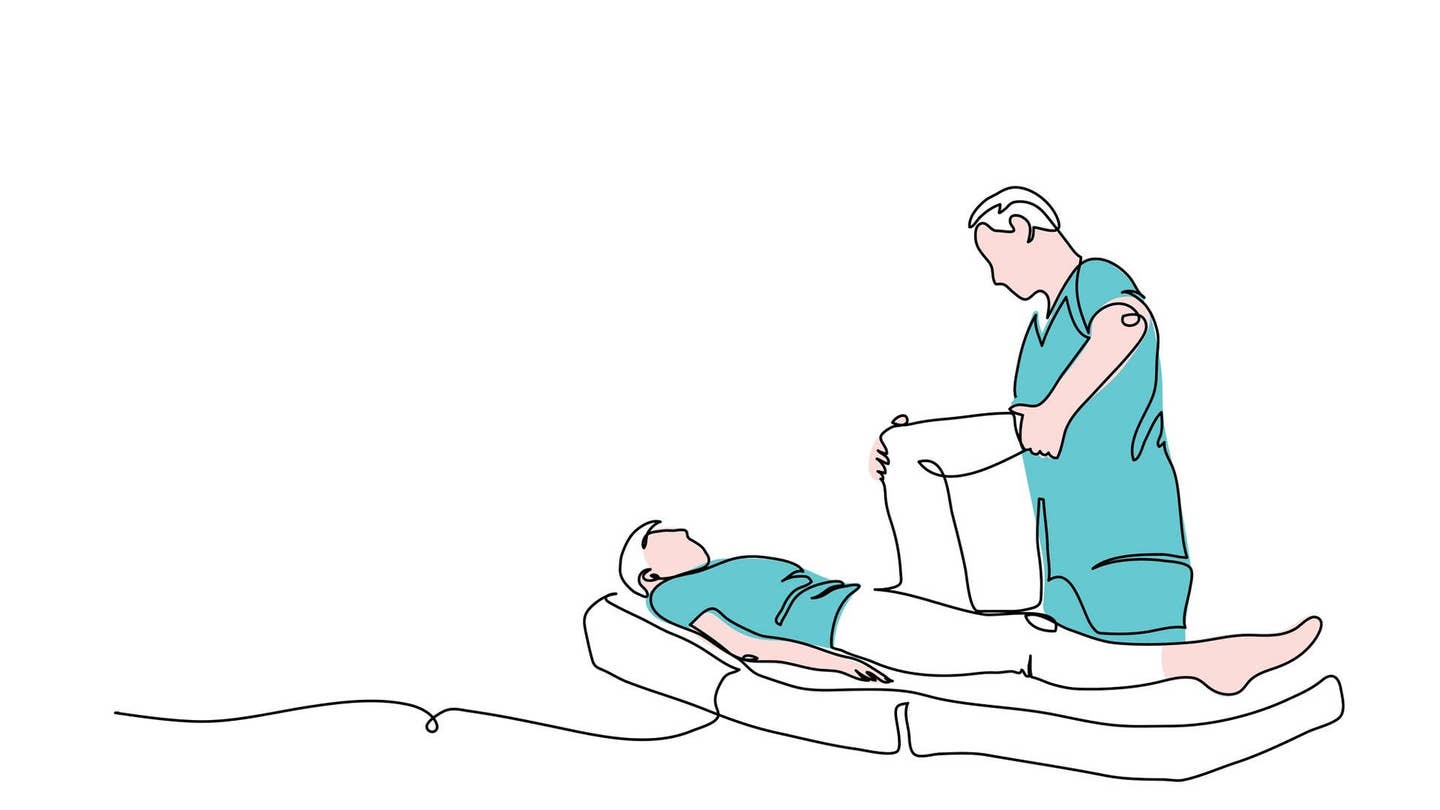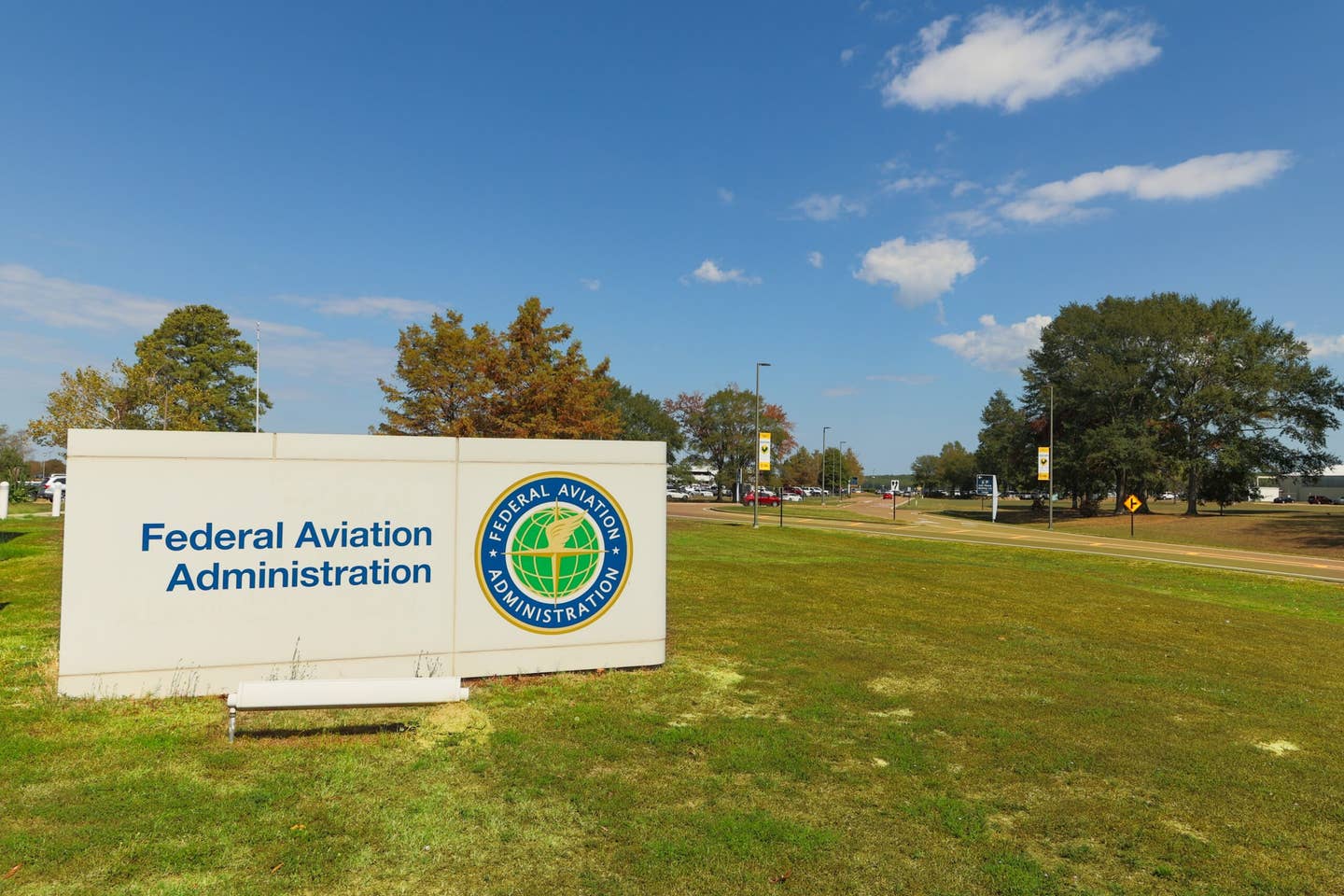Getting Back in the Air
First flights after major surgery provide many meetable challenges.

[Credit: Almix/Shutterstock]
When you’re starting to feel human again after major surgery, what’s a good plan for getting safely back into the cockpit?
I had a total knee replacement. Generally, it is regarded as the most brutal surgery out there, and here’s what I did. (Note: Your mileage will almost certainly vary, so make your decisions in concert with appropriate medical personnel.)
During those first two months of recovery, much of my energy and attention was focused on physical therapy (PT), pain levels, taking all the right pills, and trying to eat. I lost 18 pounds, or 10 percent of my body weight. I discovered the Society of Aviation and Flight Educators CFI study group, and although I already have a CFI certificate, it helped get my head back in the flying game.
For me, the first step was getting a realistic handle on my driving. The first time I got in the car post-surgery, going once around the block was plenty—and I was tired. The next day I went farther, gradually working up to greater distances and more traffic. When I had the endurance to drive 20 miles to an appointment, had good situational awareness of all the cars around me on the freeway, and when driving didn’t take 100 percent concentration, I had passed the first challenge before getting in the airplane.
For the first flight, I went to a local flight school and explained what I wanted—not a set curriculum but just a chance to fly, to control the plane, gauge situational awareness, and have the CFI challenge any perceived weaknesses.
I told myself that since I had a CFI along, I didn’t have to worry about the POH or their poorly written checklists, as she would handle those. Didn’t work for me. I got curious and looked over their online checklist and found a POH online.
Their checklist did things differently from what I normally do, but that at least got me thinking. And I found things in the POH that were different.
When I learned to fly 50 years ago in a pre-POH Cessna 172, it didn’t list the G limit with flaps extended. The newer 172 (46 years old) did and had a 3-G limit with flaps extended. Every other plane I’ve seen has had a 2-G limit with flaps extended, if it had a limit. This 172 had a flap extension speed of 85 knots, and my old Cessna 172’s limit was 100 mph, or 87 knots. These discrepancies helped me get my head back in the game.
The first flight got weathered out, with broken clouds at 1,500 feet. Not really a problem, as the CFI and I had a great chat for an hour about things aeronautical.
A week later it was off into the blue with new Garmin radios in the elderly airframe. The 172 has a steerable nosewheel, much heavier than the rudders on my RV-9A with a castering nosewheel. Taxiing out, I experimented with the turn radius without using brakes.
Cleared for takeoff, full throttle gave 2,200 rpm, which seemed reasonable and met with the approval of the CFI, and off we went. Slowly.
When I had that wonderful old Cessna 175, I felt that its controls were relatively light, but now I felt that the 172 controls were heavy. However, the Cessna 175 was before I had 840 hours in the RV-9A. And a week after surgery, I felt as though I had lost half my physical strength.
Out in the practice area, I did some of my favorite beyond-ACS but still normal category exercises—alternating steep turns with full aileron deflection, extended low speed flight, and Dutch rolls to 45-degree bank each way, again with full aileron deflection.
Then the CFI gave me a few unusual attitudes, and all was well. (Years ago, when I had an eight-month layoff from flying due to spinal fusion surgery, unusual attitudes were the only thing I had to see twice, so I wanted to make sure they were good.)
As the Savannah, Georgia, traffic was building, the tower graciously gave us a base entry to a 2-mile final so that I could demonstrate a deliberate base to final overshoot and how recovery from the same was a nonevent. There was a nice crosswind, and I demonstrated landing on a concrete expansion joint, offset from the runway centerline. I could tell that this had the CFI’s full attention. Then off to the other runway for a full stop.
The only real problem from my perspective was that at one point I got distracted by the airwork and wasn’t paying enough attention to the radio. Still, I was signed off for a flight review.
Three days later, it was time for an instrument proficiency check in my RV-9A. It had undergone some repair work done after experiencing soot and smoke damage from a fire in a nearby hangar. Repairs included replacing the pitot tube/angle-of-attack sensor and the outside air temperature probe. I told the CFII about this, and we watched those carefully during the flight.
The plan was to shoot an instrument landing system (ILS) at the military airport next door, but clearance delivery told us they were landing the other direction. Hmm, OK, how about the LPV approach? (It’s curious to me that we pilots shoot LPV approaches, but ATC doesn’t know what they are. We have to ask for GPS approaches.)
Once in the air, approach control said that it couldn’t clear us to the GPS approach because a restricted area was hot just outside the initial approach fix (IAF). Oh.
We headed off to a different airport for our second planned approach, another LPV with a hold depicted at the IAF. Somehow, though, the avionics don’t recognize that hold as being at the IAF, but only recognize it as being the holding point after a missed approach. Forewarned, I programmed the hold manually, and all was good.
This whole exercise was a nicely challenging, high-workload exercise in programming the GPS receiver and autopilot. As I explained to the CFII before flight, engine management in this particular airplane is quirky enough that on departure I just leave the engine at full power until the avionics, vectors, and everything else settle down enough that I have time for it.
There’s a lot of huffing and puffing these days about “unstable approaches.” Having researched the topic professionally, the real question for general aviation is not whether the approach should be stable, but how long the approach should be stable? Since my home airport has Class C airspace with regional jets and bizjets, I fly final relatively fast and start slowing down at 2 miles to be stable 30 seconds before minimums. ATC loves it when I do that, and everything is always under control.
The first landing was at a joint use (military and civilian) towered airport, and although I got the speed under control in plenty of time, finesse on speed control was lacking. Hmm.
After getting gas, we headed home and I hand flew in light chop, with enough up-and-down drafts to make sure that I could never get the trim and power set. The ILS was kind of OK, but after the landing, I realized that I had forgotten the techniques that work well in my plane. Still, the flight was good enough for an instrument proficiency check (IPC) sign-off.
Rolling out on the runway, I got distracted and went past my turnoff. Then I tuned in ground control but forgot to swap the frequency. It wasn’t until I got in the car that I realized that I was completely exhausted, even though I had no fatigue symptoms in the airplane.
So what did I observe? The basic skills were there, and everything was satisfactory, but as I expected, I need practice to get my IFR skills where I want them to be.
The day before the flight, I had a vigorous PT session getting my knee in shape, and I already knew that recovery from that much exercise requires more than one night’s sleep. What I didn’t know was that I could be exhausted without knowing it.
In preparation for the Oshkosh trip in July, I’ll practice flying a bunch, and I’ll plan the flights so that a nap, or an overnight stop, will always be an option.
According to the medicos, at two months after surgery, I’m 50 percent healed. I’ve met all the PT goals, but I want to continue the sessions to build strength and endurance. At three months, the norm is 75 percent, so that means that I can expect significantly better energy and endurance than I had recently. However, healing slows down after three months, and full recovery can take a year or so.
As mentioned, your mileage will vary, of course. I’m about to turn 75 years old, and this knee replacement surgery really walloped me. But setting records is not part of my plan. I’m focusing on the old pilot part, not the bold pilot.
Editor’s Note: This article first appeared on Plane & Pilot.

Sign-up for newsletters & special offers!
Get the latest FLYING stories & special offers delivered directly to your inbox






